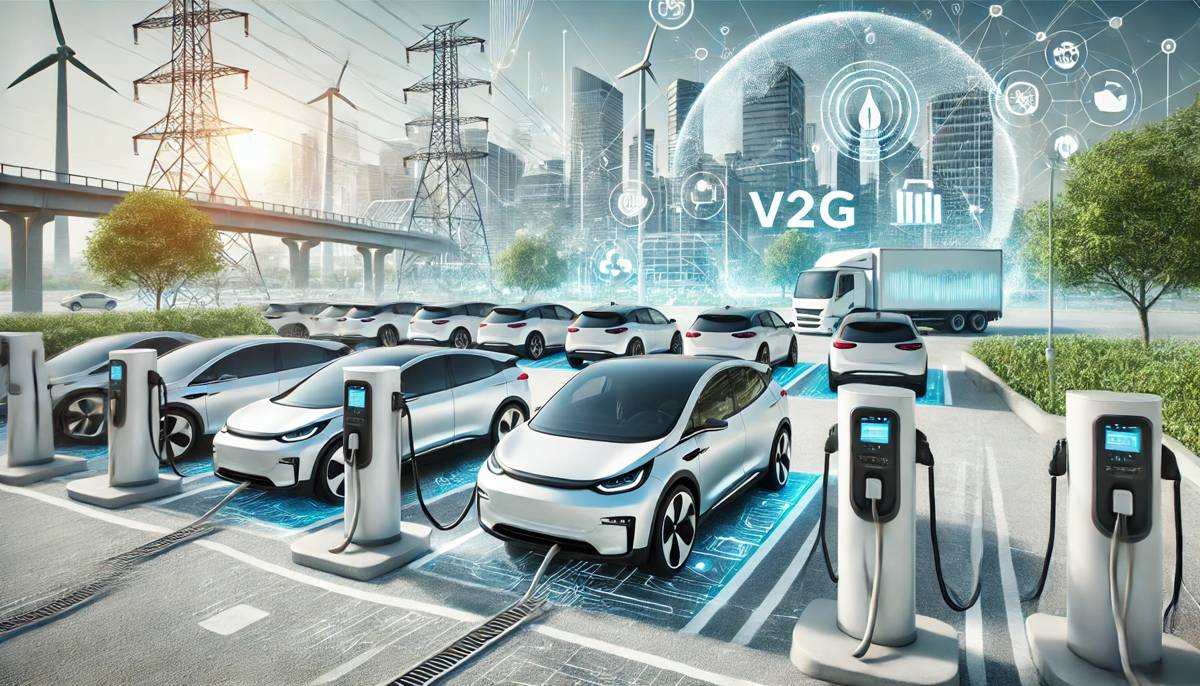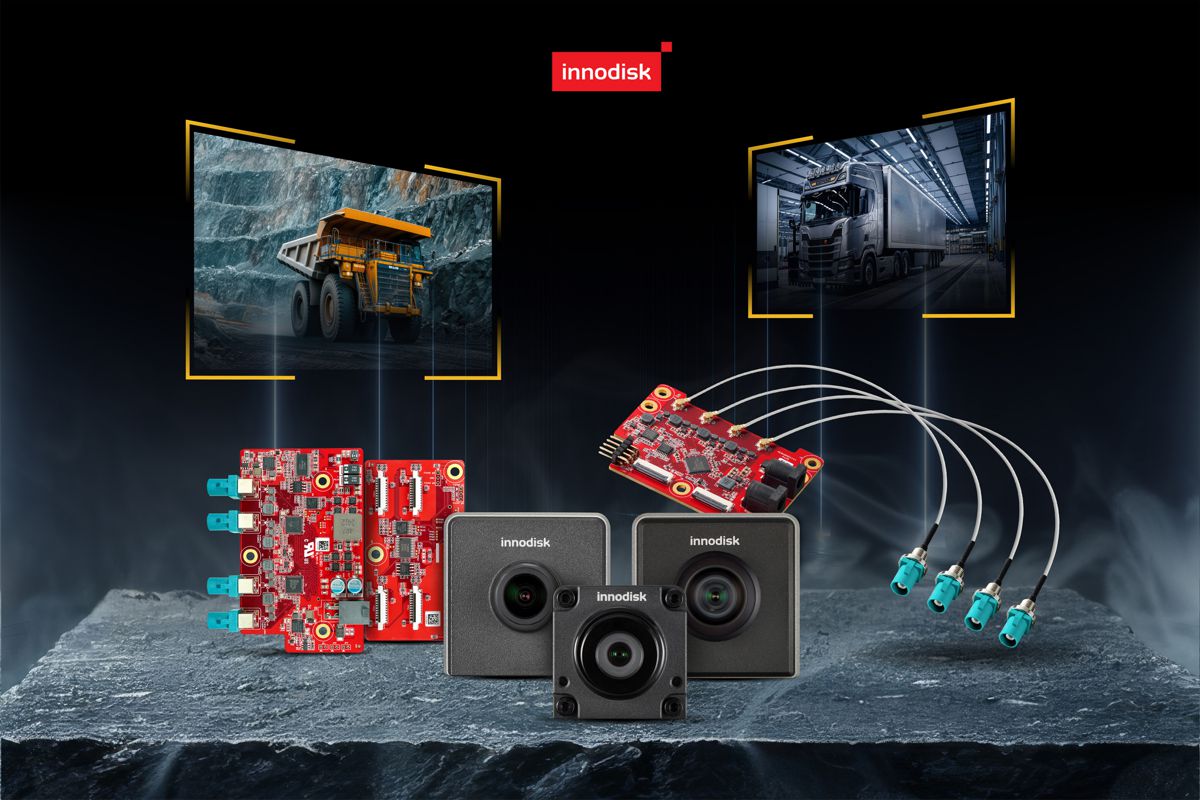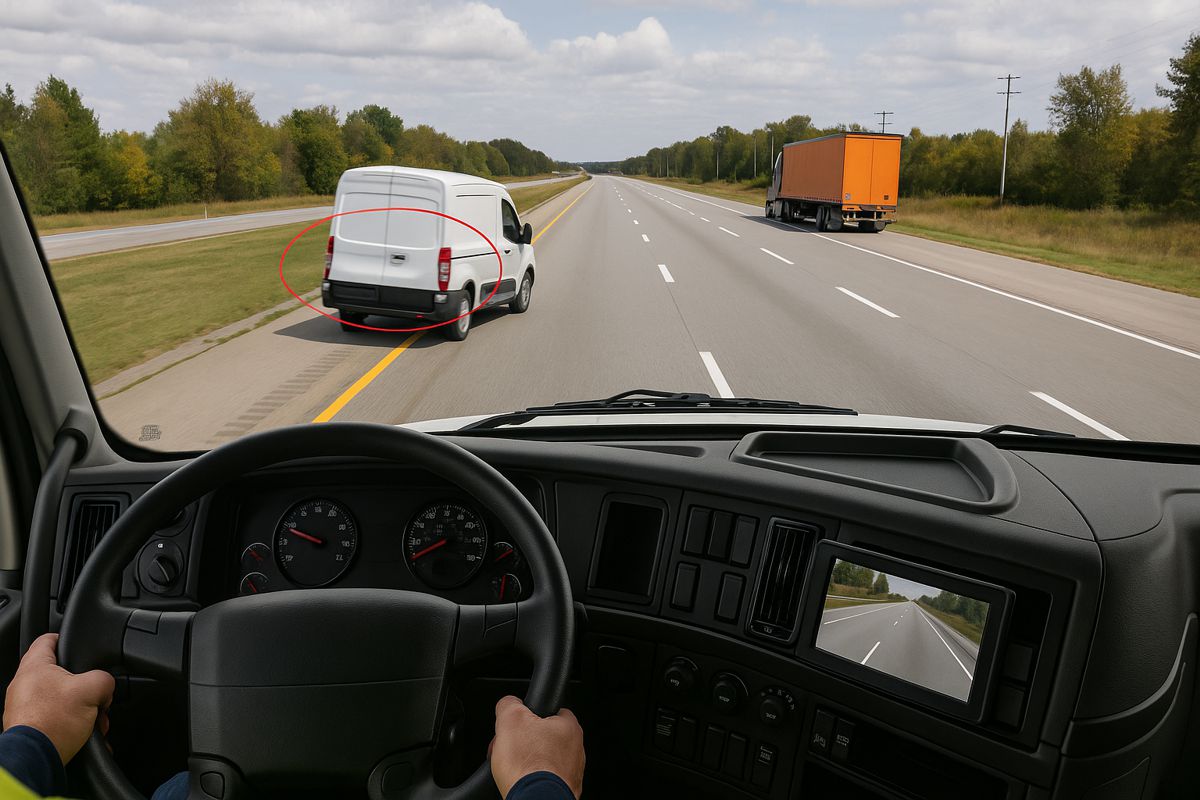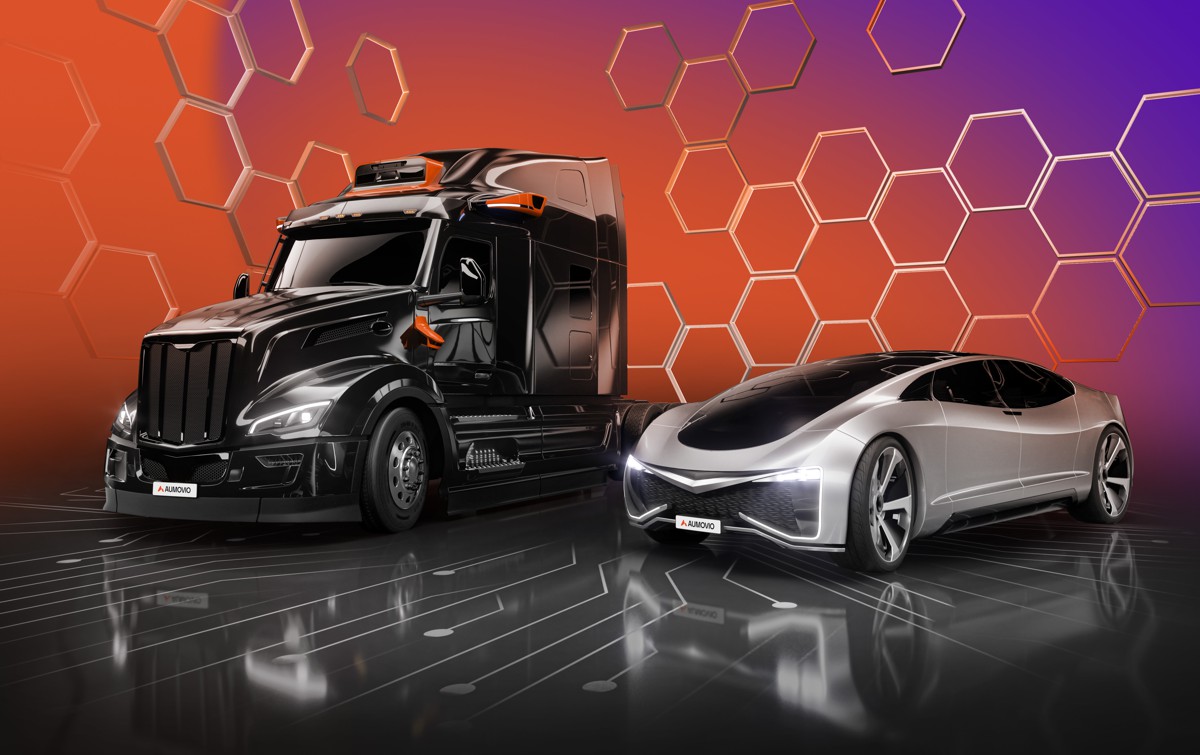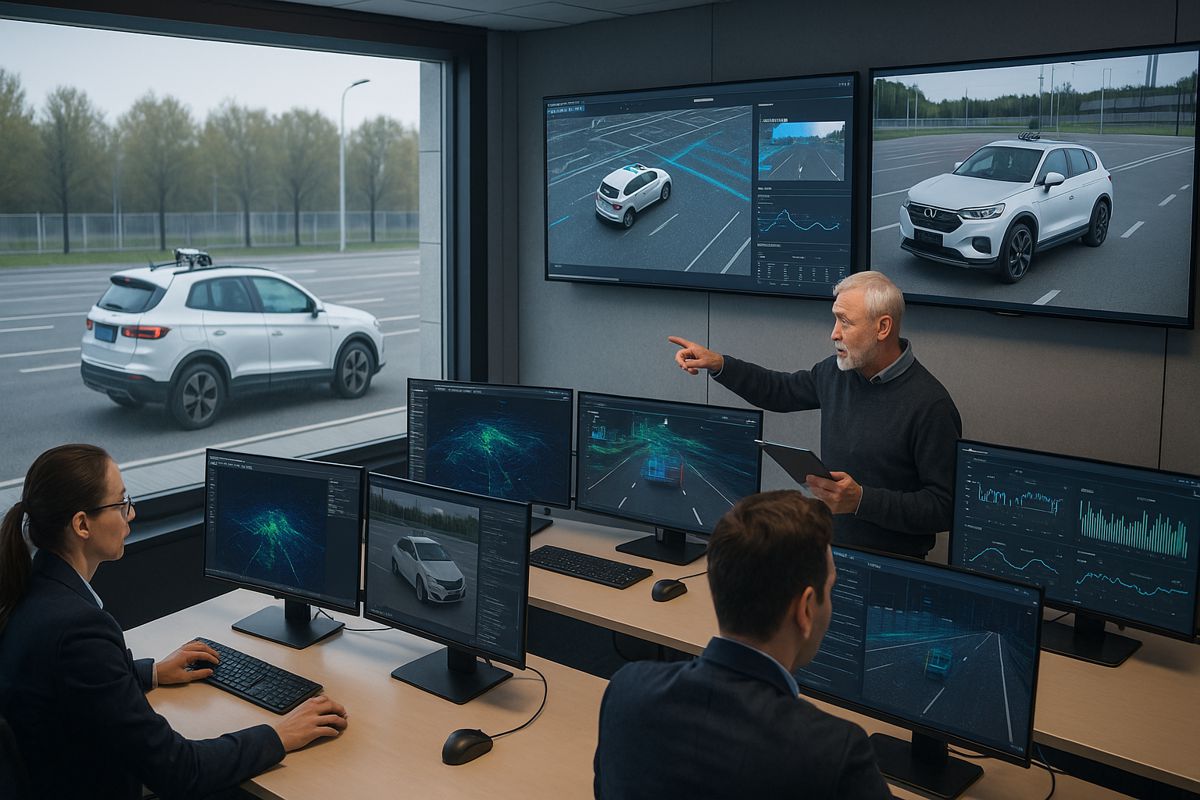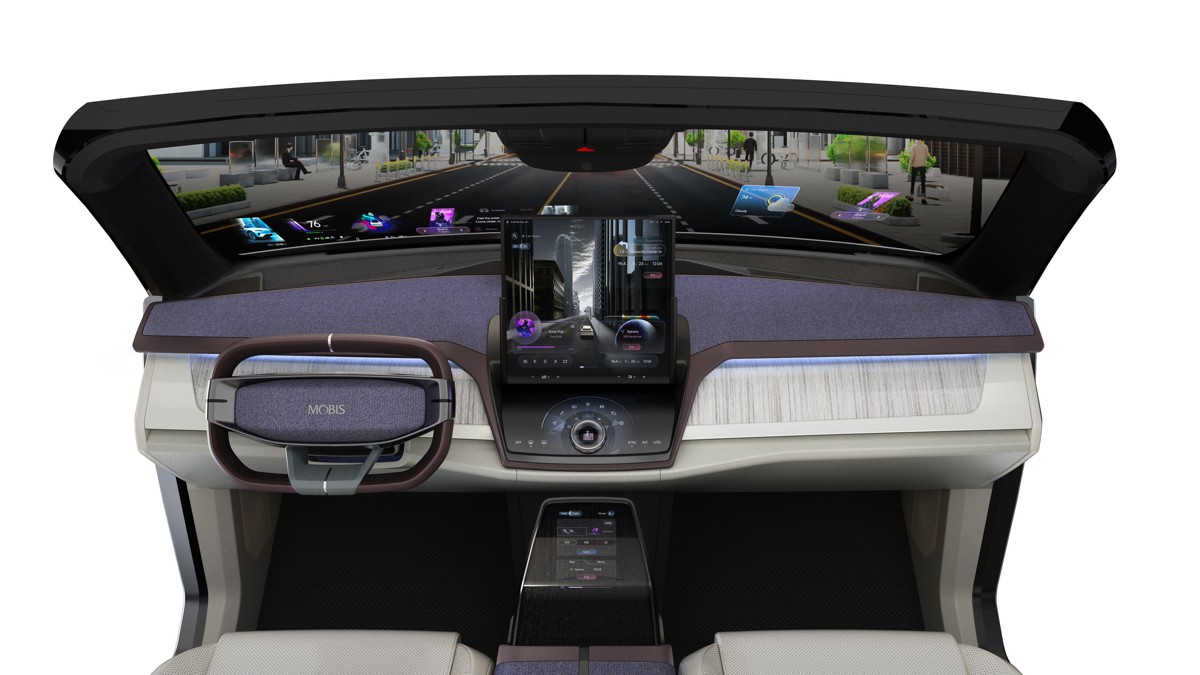Multi-Sector Partnership Paving the way for Vehicle-to-Grid Power
Electric vehicles (EVs) are on the brink of revolutionising more than just personal and fleet transportation. With the advent of Vehicle-to-Grid (V2G) technology, a collaboration led by industry giants, research institutions, and regulatory bodies has launched the first large-scale, practical V2G pilot project aimed at demonstrating how electric utility fleets can help balance the energy grid.
This pioneering effort allows parked EVs to return power to the grid, providing critical support during peak demand times or power outages—a vision first conceptualised by the University of Delaware (UD).
The Power of Vehicle-to-Grid (V2G) Technology
Invented at UD, V2G technology essentially turns the battery in an idle EV into a grid-support asset. As part of the pilot project, Delmarva Power, an Exelon Company, in collaboration with UD, has begun leveraging a fleet of Ford Mustang Mach-E EVs to stabilise the electric grid.
These fleet vehicles, used for regular utility operations, offer surplus energy back to the grid when parked, effectively doubling as virtual power plants. The cars contribute energy in line with new rules introduced by the Federal Energy Regulatory Commission (FERC) under Order 2222, which enables smaller energy resources to participate in wholesale electricity markets.
A Multi-Sector Collaboration Driving Change
This effort, spearheaded by Professor Willett Kempton, a leading voice in V2G technology, symbolises a significant step toward cost-effective, scalable, and standard-compliant V2G solutions. Kempton explains the broader impact of the project, noting: “This demonstration is significant because it shows a cost-effective pathway for standards-based, regulatory-compliant, mass-manufactured V2G.” The collaboration, including Delmarva Power, Ford Motor Company, PJM Interconnection, and Nuvve Holding Corporation, ensures the pilot aligns with SAE and UL standards and meets utility grid requirements.
Ford’s direct involvement, based on a joint Memorandum of Understanding (MOU) with UD, was instrumental in enabling the integration of the vehicle’s Controller Area Network (CAN) communication with Local Interconnect Network Charging Protocol (LIN-CP). Kempton noted: “Ford engineers’ advice helped us fully integrate the car’s CAN communications with LIN-CP. Ford already markets a production EV with home backup power, and they have a sophisticated understanding of potential EV synergies with the electric power grid.”
Setting the Standards for V2G Functionality
A crucial part of this project is the development and approval of V2G standards. Under the guidance of UD Research Professor Rodney McGee, the SAE standards for J3400 and J3068 were finalised this year. These standards establish essential signalling definitions for V2G capabilities, including bidirectional power flow and low-cost AC charging, both necessary for safe and efficient EV-to-grid energy transfer. McGee shared insights into the technical breakthrough, stating: “These standards define the signalling to standardise low-cost AC charging, with all the functionality needed for safe operation of V2G and backup power from an EV.”
By employing LIN-CP, a novel but accessible technology for EVs, the standards now pave the way for more extensive and cost-effective V2G integration across vehicle manufacturers. UD’s retrofit design, led by Postdoctoral Researcher Garrett Ejzak, further enables the conversion of Ford’s Mach-E into V2G-compatible vehicles through bidirectional on-board chargers and LIN-CP command implementation.
The Role of PJM Interconnection and FERC Order 2222
An essential component of this pilot is PJM Interconnection, a regional grid operator overseeing the electricity market across 13 U.S. states. In cooperation with Delmarva Power, PJM is testing the efficacy of EVs in providing grid services under FERC Order 2222, which allows Distributed Energy Resources (DERs), including EVs, to aggregate and participate in the wholesale electricity market.
PJM Senior Business Solutions Analyst Scott Baker shared his vision, stating: “The use of virtual power plants, such as aggregations of electric vehicles, is an emerging resource type that can contribute to managing the energy transition by providing flexibility and other services needed to reliably operate the power grid.”
Advanced Charging Capabilities with Nuvve Holdings
Nuvve Holding Corporation (Nuvve) has brought its own innovations to the table, upgrading charging stations to support LIN-CP and V2G capabilities. With Nuvve’s GIVe aggregator software, four Delmarva Power Ford Mach-E vehicles have been combined into a single V2G power plant, creating a robust virtual power resource that can scale with demand. Nuvve CEO Gregory Poilasne elaborated: “Our Nuvve charging stations now talk LIN-CP and implement the new SAE standards. This enables our GIVe aggregator software to tap high functionality V2G EVs.”
Nuvve’s contributions underscore the potential of V2G technology to transform parked EVs into energy resources, bolstering grid resilience and fostering a reliable energy transition. By aggregating EVs as a virtual power plant, Nuvve demonstrates how these resources, despite being distributed, can effectively serve grid demands.
The Future of EVs in the Energy Landscape
The pilot project’s initial successes suggest a transformative potential for V2G technology in balancing renewable energy and reducing reliance on traditional power plants. Over the next year, UD and Nuvve will closely monitor the vehicles’ performance, tracking both their operational use as fleet vehicles and their contribution to grid services.
The implications of this project extend well beyond Delmarva Power’s Newark, Delaware facility. The project sets a precedent for fleet operators worldwide, showcasing a cost-effective, scalable pathway to leverage V2G technology in bolstering grid resilience. Delmarva Power and Exelon, along with their partners, are forging a model for future fleet operators, energy suppliers, and grid managers, especially as energy grids incorporate more fluctuating renewable sources.
A Pathway for Widespread Adoption of V2G
As the project progresses, it demonstrates the feasibility and value of V2G technology, providing a solid blueprint for future expansions. Should these trials continue successfully, this model could be adopted across various sectors, positioning EV fleets as pivotal players in the energy transition. The involvement of SAE, FERC, PJM, and Ford emphasises that V2G isn’t just a theoretical concept but a real-world solution adaptable to modern grid demands.
By successfully merging vehicle, grid, and market technologies, the Delmarva Power pilot proves that EVs are not only transport solutions but also critical assets in the evolving energy landscape. As Poilasne summarised: “By combining EVs as a single power resource, our technology is already serving as a ‘Distributed Energy Resource Aggregator’ as specified by FERC Order 2222.”
